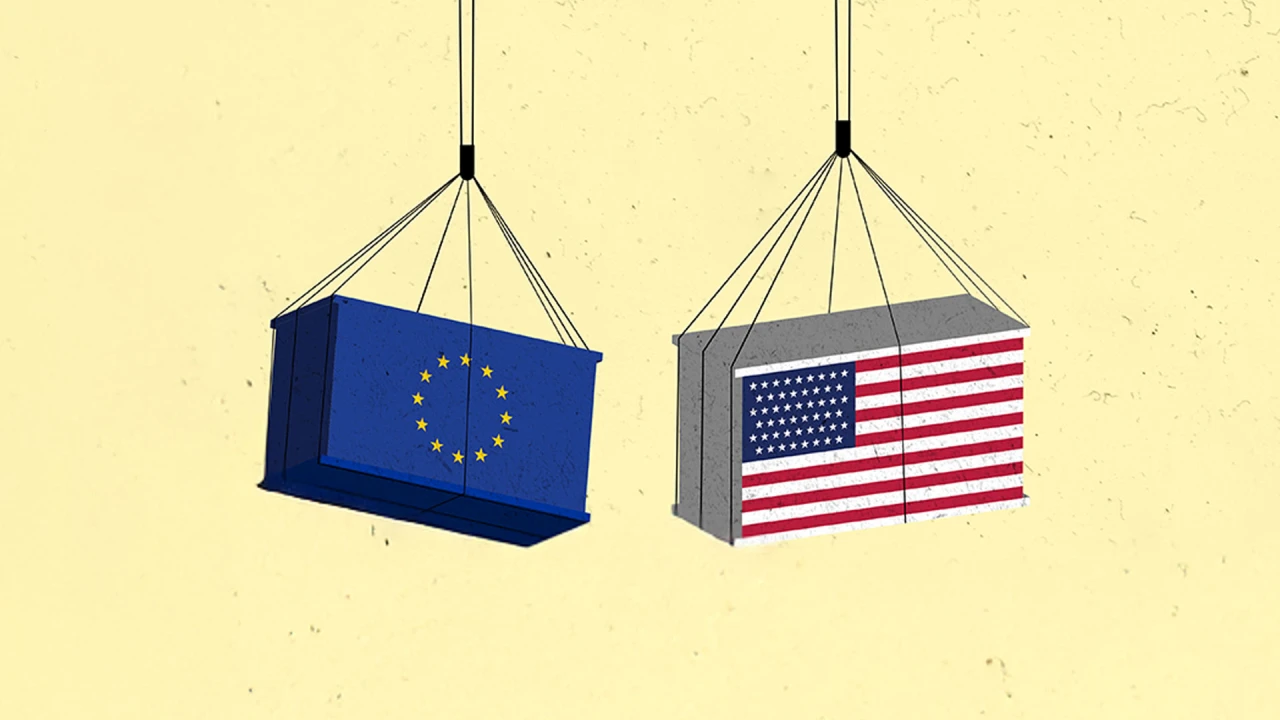The Future of Essentials Clothing: Innovations and Trends
Essential Hoodie

The landscape of fashion is continually evolving, driven by technological advancements, shifting consumer preferences, and increasing awareness around sustainability. Essentials clothing—those versatile, foundational pieces that form the Essential Hoodie backbone of everyday wardrobes—are no exception to this transformative wave. As we look to the future, several key innovations and trends promise to redefine what essentials mean, how they’re made, and how consumers engage with them.
1. Sustainable and Eco-Friendly Materials
One of the most significant trends shaping the future of essentials clothing is the push toward sustainability. Consumers are increasingly conscious of the environmental impact of their fashion choices, prompting brands to innovate with eco-friendly materials.
-
Recycled Fabrics:
Advancements in recycling technology have made it possible to convert plastic bottles, fishing nets, and textile waste into high-quality fibers. Brands are now producing essentials—like T-shirts, sweatshirts, and joggers—from recycled polyester or nylon, reducing reliance on virgin resources. -
Bio-Based and Regenerative Materials:
Innovations such as bio-fabrics derived from algae, mushroom mycelium, or plant-based fibers like hemp and organic cotton are gaining traction. These materials require less water, pesticides, and chemicals, making them more sustainable. -
Biodegradable Textiles:
Future essentials might be designed with biodegradable fabrics that naturally decompose after disposal, minimizing textile waste and environmental pollution.
2. Smart and Adaptive Fabrics
The integration of technology into textiles is revolutionizing essentials clothing, making garments smarter, more functional, and adaptable.
-
Temperature Regulation:
Fabrics infused with phase-change materials (PCMs) or microcapsules can adapt to body temperature, keeping wearers cool or warm depending on external conditions. This means essentials like t-shirts and leggings could offer year-round comfort without layering. -
Moisture-Wicking and Odor Control:
Advanced moisture-wicking fabrics combined with antimicrobial treatments can keep essentials fresh and odor-free for longer periods, ideal for active lifestyles. -
Self-Cleaning and Stain-Resistant:
Innovations like nanotechnology coatings can make clothing resistant to stains and dirt, reducing the need for frequent washing and extending garment lifespan. -
Responsive Clothing:
In the future, essentials could feature fabrics that respond to environmental stimuli—such as changing color or texture—adding an element of personalization and interactivity.
3. Sustainable Manufacturing and Ethical Production
Beyond materials, the future of essentials clothing involves rethinking manufacturing processes to be more ethical and sustainable.
-
Zero-Waste Design:
Designers are adopting zero-waste pattern cutting techniques that minimize fabric waste during production, ensuring every piece of material is used efficiently. -
Local and Circular Production:
Advances in localized manufacturing, including 3D knitting and digital fabrication, reduce transportation emissions and enable on-demand production, decreasing overstock and waste. -
Transparent Supply Chains:
Blockchain and other digital tracking technologies are enabling brands to provide full transparency regarding sourcing, labor practices, and environmental impact—building consumer trust and promoting ethical consumption.
4. Customization and Personalization
The future of essentials clothing also leans heavily toward customization, driven by advancements in digital printing, 3D knitting, and AI.
-
On-Demand Production:
Consumers will increasingly be able to order personalized essentials tailored to their size, fit, and style preferences, reducing waste and overproduction. -
Digital Fitting and Virtual Try-Ons:
Augmented reality (AR) and virtual fitting rooms allow consumers to see how essentials will look on them before purchasing, leading to more confident choices and less return waste. -
Modular and Interchangeable Designs:
Essentials might evolve into modular pieces—garments with interchangeable elements like sleeves or collars—allowing consumers to customize their wardrobe without buying multiple items.
5. Innovative Textiles and Fabric Technologies
Technological breakthroughs in textiles promise to make essentials more durable, versatile, and comfortable.
-
Stretch and Resilient Fabrics:
High-tech elastomers and stretch fibers will produce essentials that retain their shape and resist wear-and-tear, extending their lifespan. -
Lightweight and Packable:
Advances in fabric engineering will create essentials that are lightweight yet durable, ideal for travel or outdoor activities, with quick-drying and wrinkle-resistant properties. -
Anti-Pilling and Colorfast Fabrics:
New fiber treatments will prevent pilling and fading, maintaining the appearance of essentials over time.
6. Digital and Sustainable Business Models
The future of essentials clothing will also be shaped by innovative business models that prioritize sustainability and consumer engagement.
-
Clothing as a Service:
Subscription models or rental services for essentials will allow consumers to refresh their wardrobe regularly without additional waste, promoting a circular economy. -
Recycling and Take-Back Programs:
Brands will implement programs encouraging consumers to return worn-out or unwanted essentials for recycling or refurbishment, closing the loop in the supply chain. -
Transparency and Ethical Branding:
Consumers will demand greater transparency, prompting brands to clearly communicate their sustainability initiatives, labor practices, and material sourcing.
7. Inclusive and Adaptive Designs
The future of essentials will become more inclusive, addressing a broader range of body types, abilities, and personal styles.
-
Size Inclusivity:
Brands are expanding size ranges and designing for diverse body shapes, ensuring essentials are accessible to all. -
Adaptive Clothing:
Innovations in adaptive design, such as magnetic closures, adjustable fits, and easy-to-wear features, will make essentials more accessible for people with disabilities or mobility challenges.
8. Cultural and Ethical Influences
As global awareness increases, essentials clothing will reflect cultural diversity and ethical considerations.
-
Culturally Inspired Designs:
Incorporating traditional patterns and craftsmanship into modern essentials can promote cultural appreciation and support artisan communities. -
Fair Trade and Ethical Sourcing:
Consumers are increasingly seeking products that support fair wages and ethical labor practices, encouraging brands to adopt transparent and responsible sourcing.
Conclusion
The future of essentials clothing is poised t Essentials Tracksuit o be dynamic, innovative, and ethically driven. Advances in sustainable materials, smart textiles, and manufacturing processes will produce garments that are more functional, environmentally friendly, and personalized than ever before. Digital technologies, such as AI, AR, and blockchain, will empower consumers to make more conscious choices and foster transparency across the supply chain.
As sustainability, technology, and inclusivity become central to the industry, essentials will transform from simple basics into intelligent, adaptable, and ethically crafted pieces that meet the demands of modern life. Embracing these innovations will not only redefine what essentials are but also help create a more sustainable and equitable fashion future for all.





































































![https //g.co/recover for help [1-866-719-1006]](https://newsquo.com/uploads/images/202506/image_430x256_684949454da3e.jpg)



























![[PATREON EXCLUSIVE] The Power of No: How to Say It, Mean It, and Lead with It](https://tpgblog.com/wp-content/uploads/2025/06/just-say-no.jpg?#)




















































